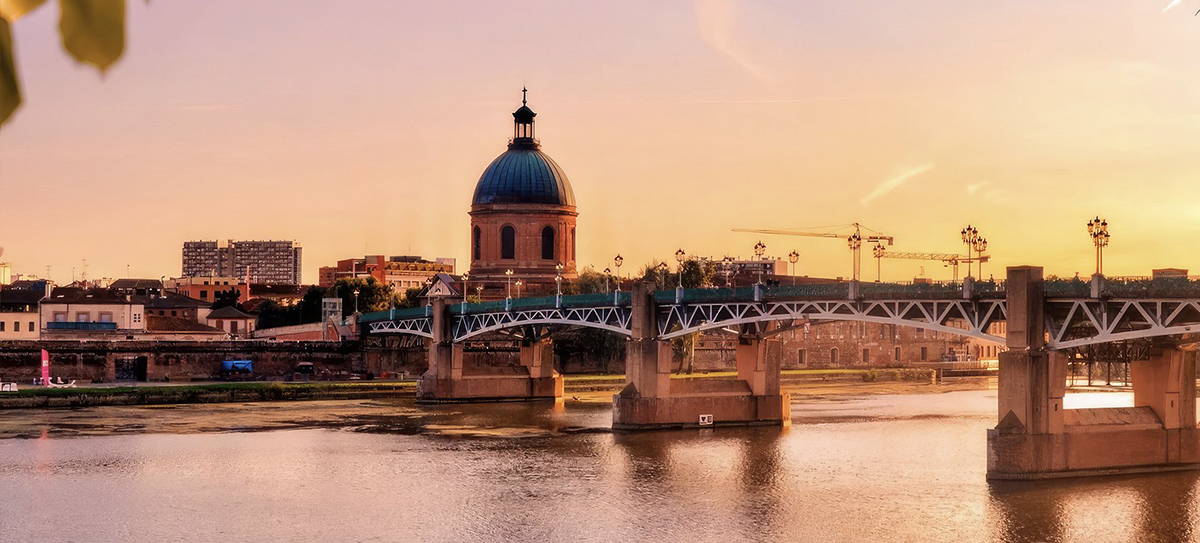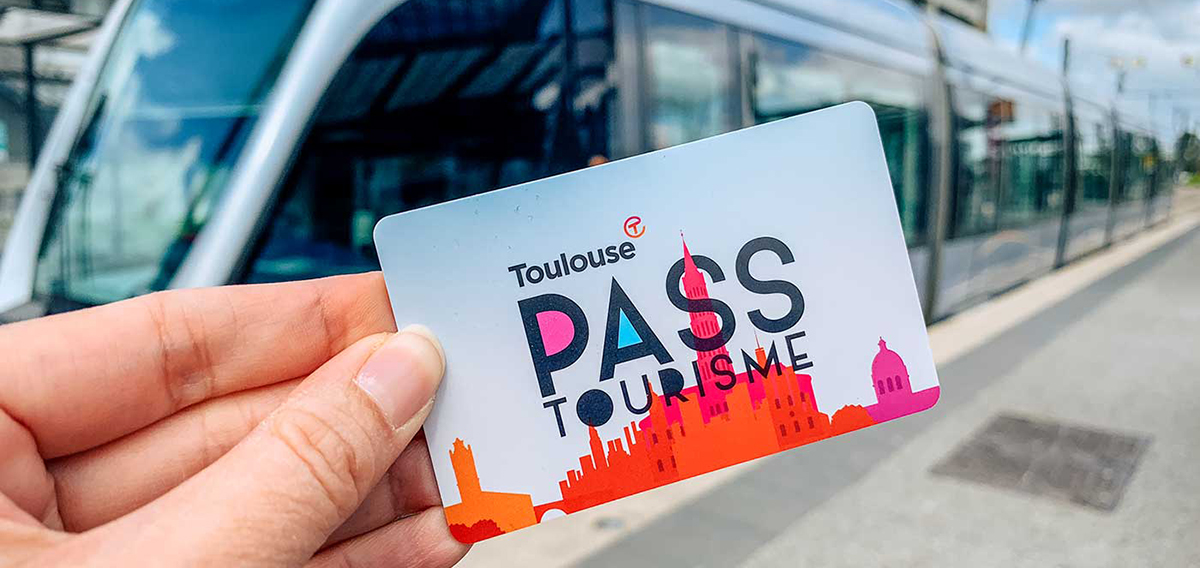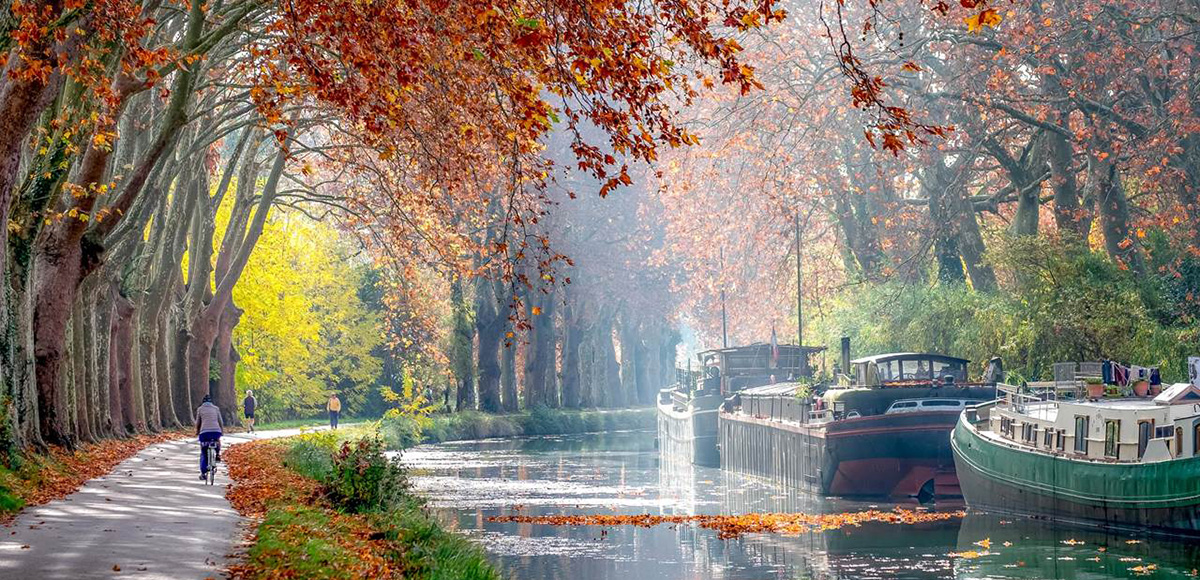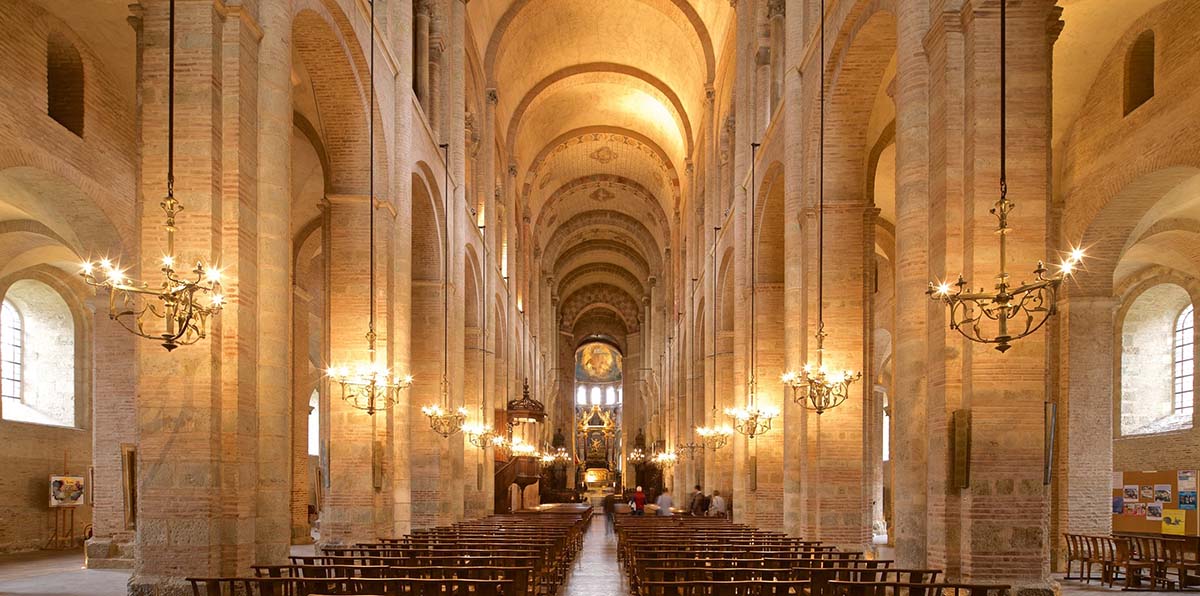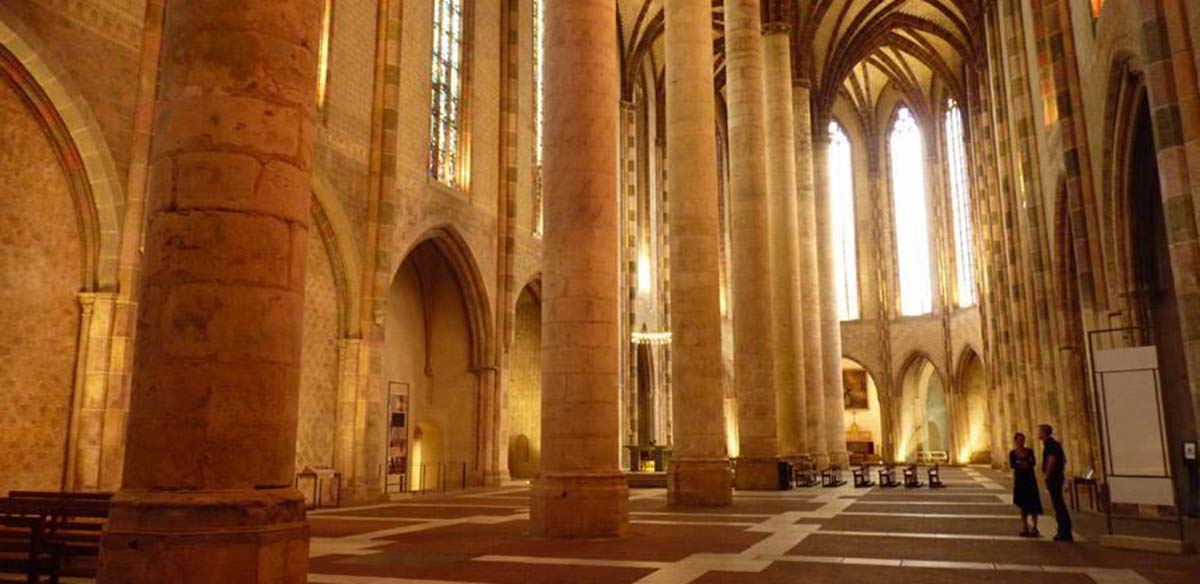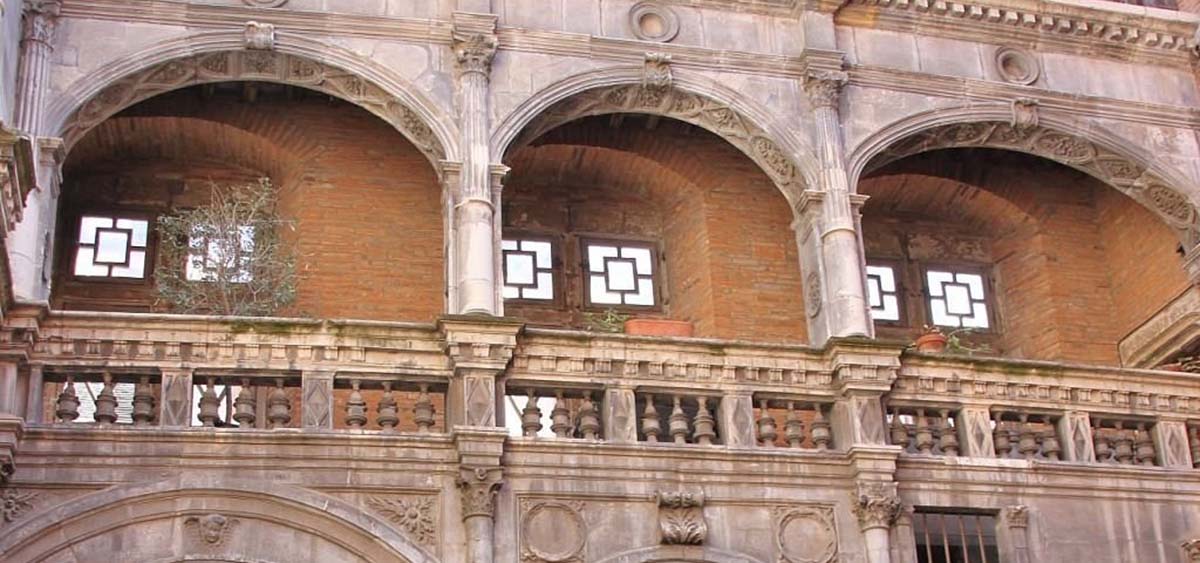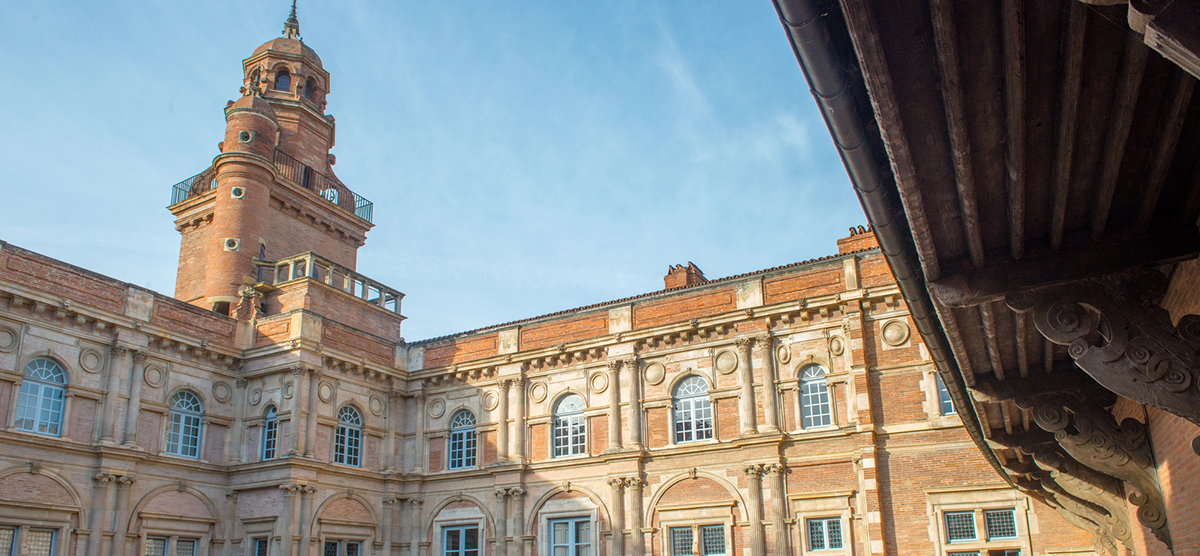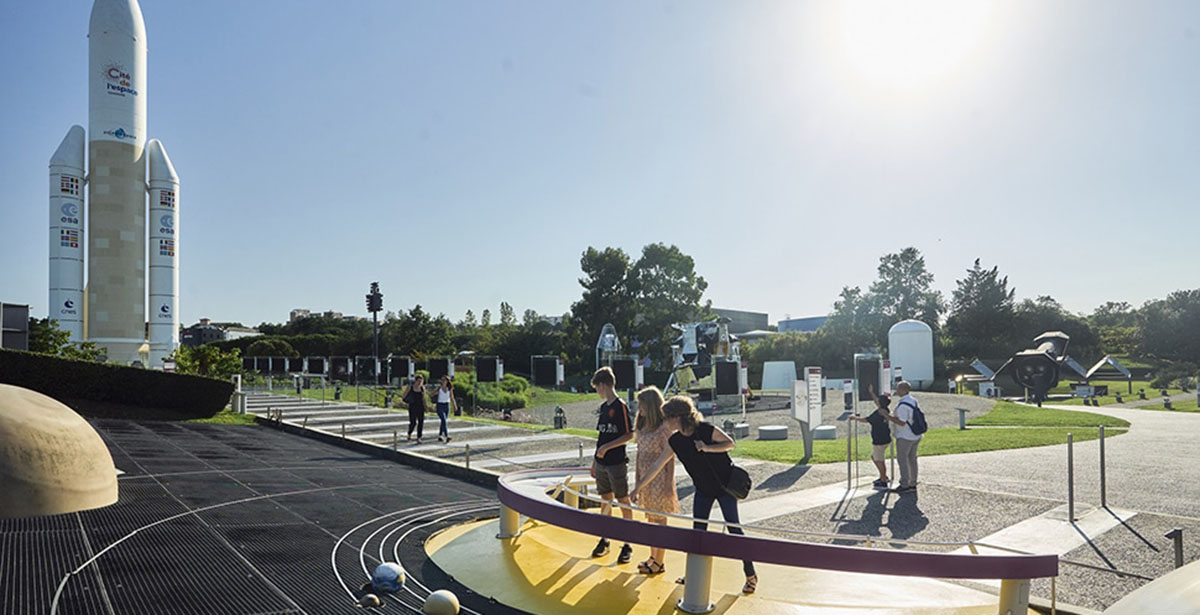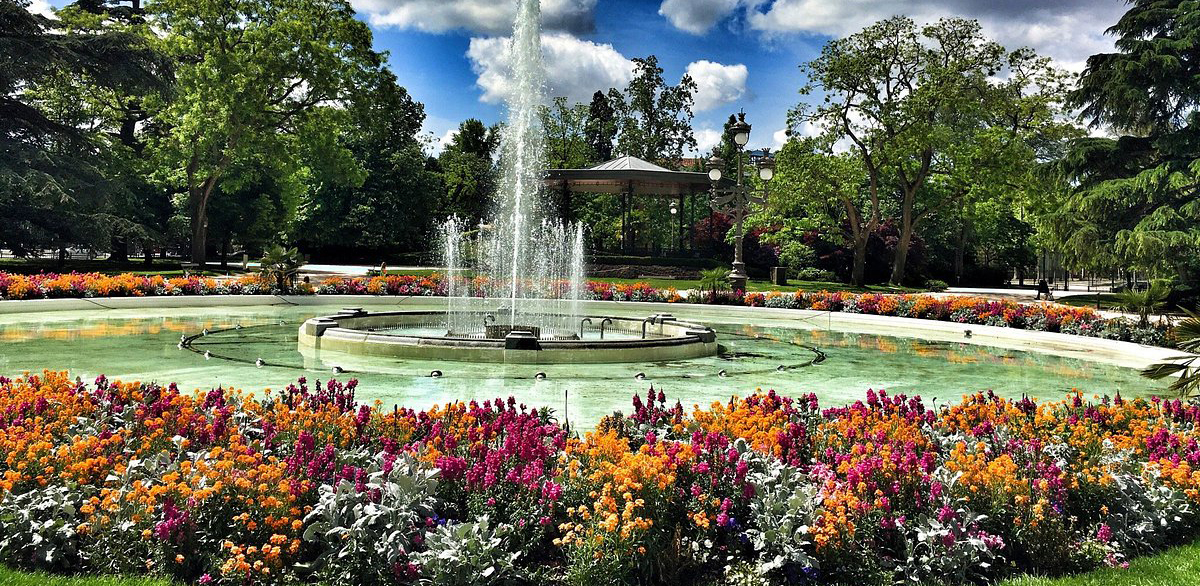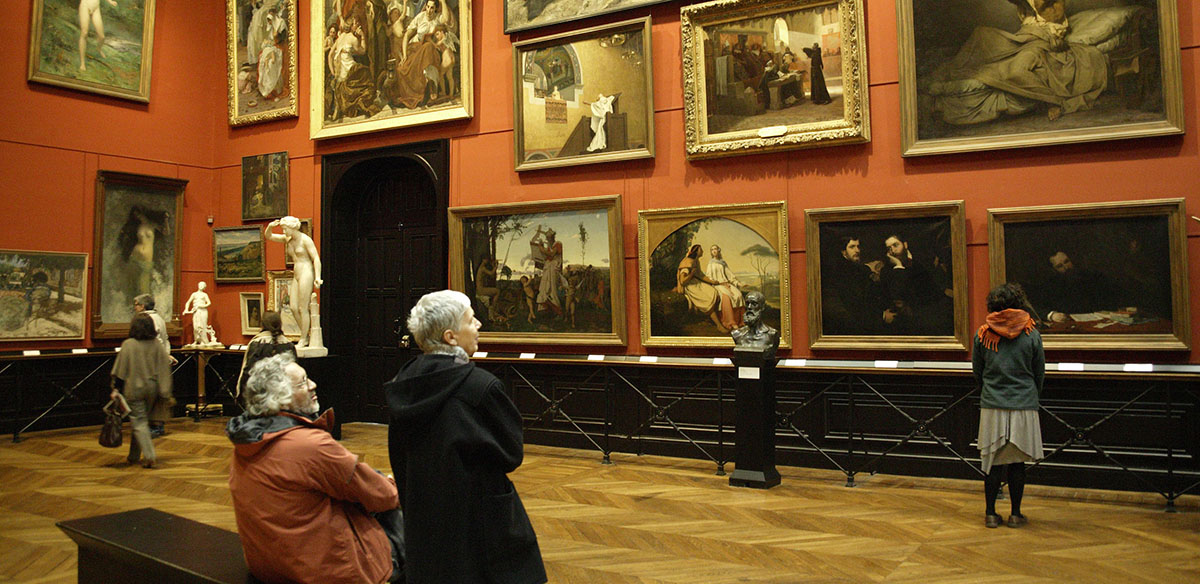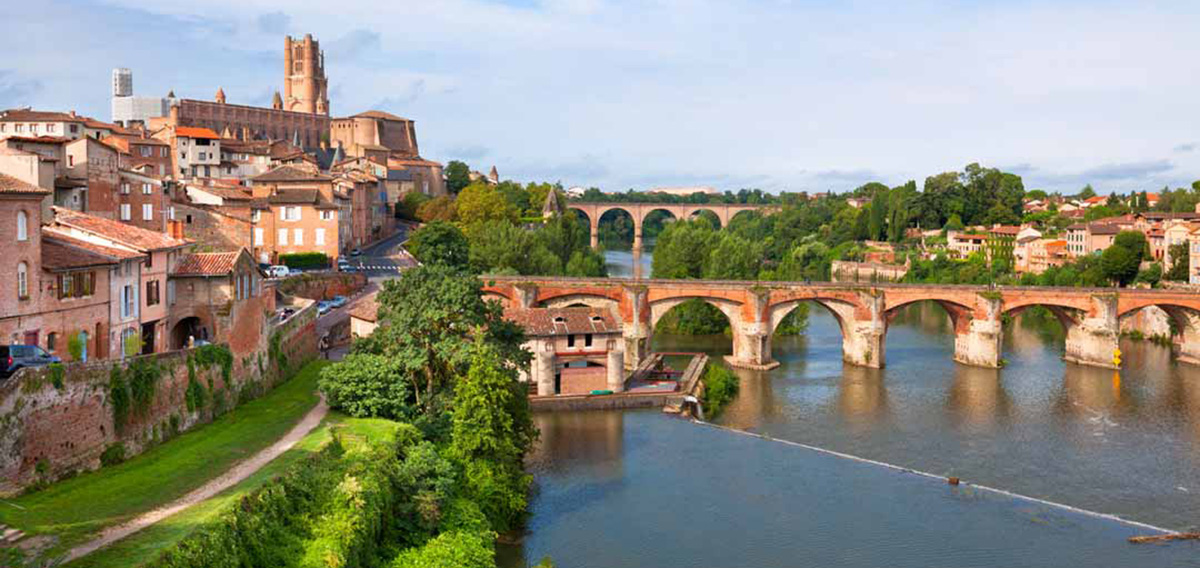
Toulouse It is a city South of France, in the region of Occitania, historic capital of the province of Languedoc. Beautiful city to visit, truly, so today we propose a French trip.
Toulouse, the pink city. Why is it called that? What architectural, cultural and gastronomic treasures does it hide? All that and more, in our article today.
Toulouse
Toulouse is known as the Pink City, because its old buildings are built mostly with stone of this color, facing bricks called. Toulouse is between the Mediterranean Sea and the Atlantic, just 90 kilometers from the Pyrenees.
The Romans arrived here and conquered the then city called Tolosa, between 120 and 1100 BC. They decided to move the city a few kilometers away, on the banks of the Garonne River, since it was more convenient for them because of the trade.
Then Christianity would arrive, Visigoths after the year 400 and also, later, the francs. Toulouse then became the capital of the Frankish kingdom of Aquitaine and it was here that the conquering advance of the Muslims was effectively stopped. The First Crusade had the Count of Toulouse as its leader, and it was also here where the Catharism, a Christian sectarian movement which the Pope ended up eradicating with a lot of blood.
The truth is that Toulouse has had many interesting chapters in its history, and luckily it escaped the worst of the Second World War and its architectural treasures survived so that we can enjoy them today.
What to see in Toulouse
First things first: you can buy the Toulouse Pass that is offered 1, 2 or 3 days e incluye el use of public transport and free tickets to most of the city's tourist attractions.
The Capitol It is in the main square of the city and dominates it with its 128 meter long façade. It contains the Town Hall and the Opera House. It is located in what is known as the old town and is surrounded by restaurants with outdoor terraces.
On the cobblestones under your feet you will see the signs of the zoodiac. During the day the square is full of vendors selling everything, and at night the place becomes the best meeting place. From the door of the Place du Capitole is where the city tourist bus, Toulouse City, which takes around 70 minutes and is a very good introduction to the best of the city.
You can continue with a walk along the Garonne River, the artery of the city. It has old bridges, beautiful public parks and some historic buildings. The best thing is to take a small boat and take a ride, if you have the Toulouse Card you can even enjoy a 20% discount on the rate. Here you will see people walking, resting, talking, relaxing. The promenade or boardwalk is really very beautiful and the photo that is not missing is the one taken from the Pont Neuf.
El Pont Neuf The new bridge is one of the most photographed sites in Toulouse and France in general. Although it is called "new" in reality It is the oldest bridge in the city since it dates from century XVI. The best photo is the one taken from the right bank of the Garonne River, because you will see the red devil that is hidden, hanging from the bridge.
If you are around here you can make a stop at the George Labit Museum, small but pretty, with a facade of colorful mosaics and inside, a rich collection of art and antiquities from Asia and Egypt. There is also a lovely Japanese garden 7 thousand square meters, beautiful with its pond full of carp.
A medieval French city is not such if it does not have one or several churches. Here shines Saint Sernin Basilica, a beautiful church, one of the most beautiful in Europe. It has always received pilgrims from the Camino de Santiago, for centuries. The cathedral is very large, it is Romanesque style, the largest of this style in the country, and is also UNESCO World Heritage.
The church has a 21 meter high ship supported by marble pillars, and with altars that are also made of marble. hide crypts decorated with frescoes and paintings, jewels and relics from the 6th century so it's worth taking the time to get to know them.
Another church is the Church of the Jacobins. It belongs to a convent, is hidden among narrow streets and dates back to the year 1230. He was born as a monastery and was key in the creation of the first university in Toulouse. It was built following the characteristics of the southern gothic and has had several restorations. Admission is free if you have the Toulouse Pass and yes, don't miss it as the views of its colorful stained glass windows, historical relics and ceilings are true treasures.
Other site World Heritage is the Canal du Midi. The canal starts in Toulouse and It flows into the Mediterranean, covering a total of 250 kilometers. It is considered a engineering gem and was built between the year 1666 and 1681. It was always a great means of transportation but when the railroad was invented its use declined. Through its waters you can take a cruise with dinner included and walk a little or walk along its shores, seeing the old boats converted into charming little houses where people live all year round.
The truth is that Toulouse is a city where, in terms of architectural styles, here the gothic shines. There is a small group of gothic towerss charming: the Bernuy Tower Of 1504, the Boysson Tower Of 1478, the Bruni Tower of 150 or the Languedoc Tower from the 15th century, just to name a few.
There is also a sample of the Renaissance, because then rich merchants built palaces. In those years the city was quite rich due to the international trade in the blue dye extracted from the isatis tinctoria plant, and in addition to this it was also the seat of parliament, the judicial capital of the south of the country.
The mansions or mansions They began to appear quickly and today you can know the Bagis Palace, Vieux Raison or Assézat Palace. The first, for example, today is the Hotel de Bagis: it has an entire stone façade and was built in 1537, it has a garden and a patio, four buildings in total and a monumental façade exquisitely decorated.
Then there are also numerous building doors or portals which are also treasures of Renaissance style, that of the Jesuit College, the door of the Hotel de Bagis itself or the elegant portal of the Hotel Molinier, For example.
Finally, the city also included other constructions, of a civil nature, that were built later, such as the Capitol itself that we named at the beginning, or the Matabiau train station, the Saint-Michel prison or the Halle aux Grains concert hall.
And if we approach the 20th century it must be said that Toulouse is the center of the French and world aeronautics and space industry. The Airbus group has its headquarters here, for example, and a good place to visit is the Cité de l'espace where you will see many old planes, from the world wars, two legendary Concord and much more. Anyone interested in aeronautics should stop by here.
El Toulouse Natural Museum It occupies a space of 3 thousand square meters, and if you go here in summer you can escape the heat very well. If the sun doesn't scare you or you go at another time of the year, you can visit the Gardens Des Plantes, located right next to the museum. There are seven green hectares with ponds, paths and sculptures. Another garden is Grand Pond Garden, from the 18th century, a site that, as it is located, you will pass several times on your tour of the city.
Other museums in Toulouse are the Augustinian Museum, inside the monastery, with Roman sculptures, is one of the oldest museums in France and has more than 4 thousand works of art from the Middle Ages to the XNUMXth century. But the building is a treasure in itself, in Gothic style. Precious! Another museum dedicated to art is Les Abattoirs, dedicated to modern and contemporary art.
There are some day trip or excursions from Toulouse? First, you can go to get to know the wine-growing area of the south of France. Here you can visit the Domaine de Baronaques, for example, with its 19th-century mansion and its winery, where you can taste up to three types of local wines. And finally, keep in mind that one hour from Toulouse is Carcassonne, a World Heritage City, fortified, beautiful, ancient and unforgettable.
